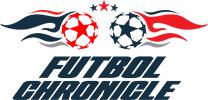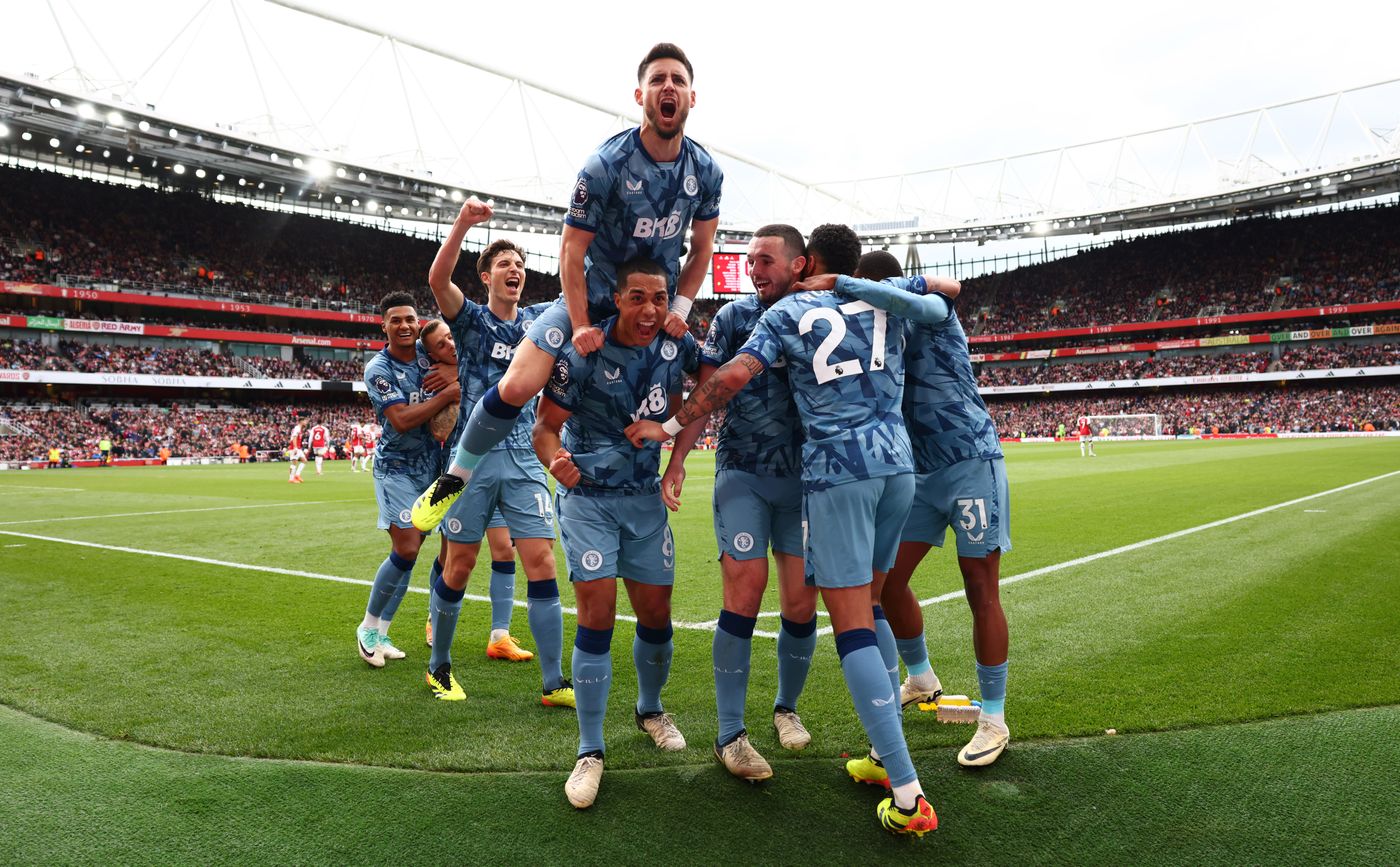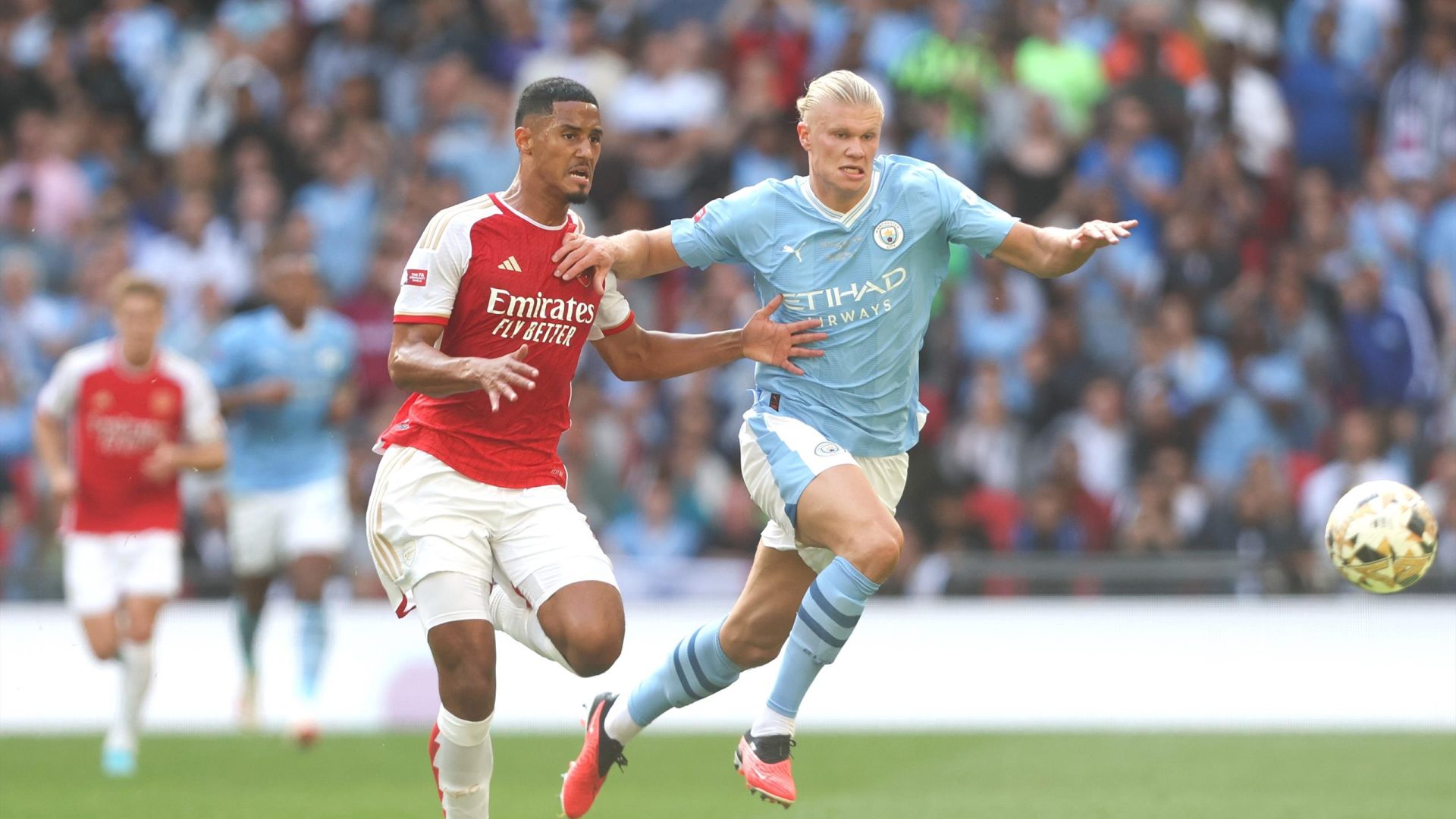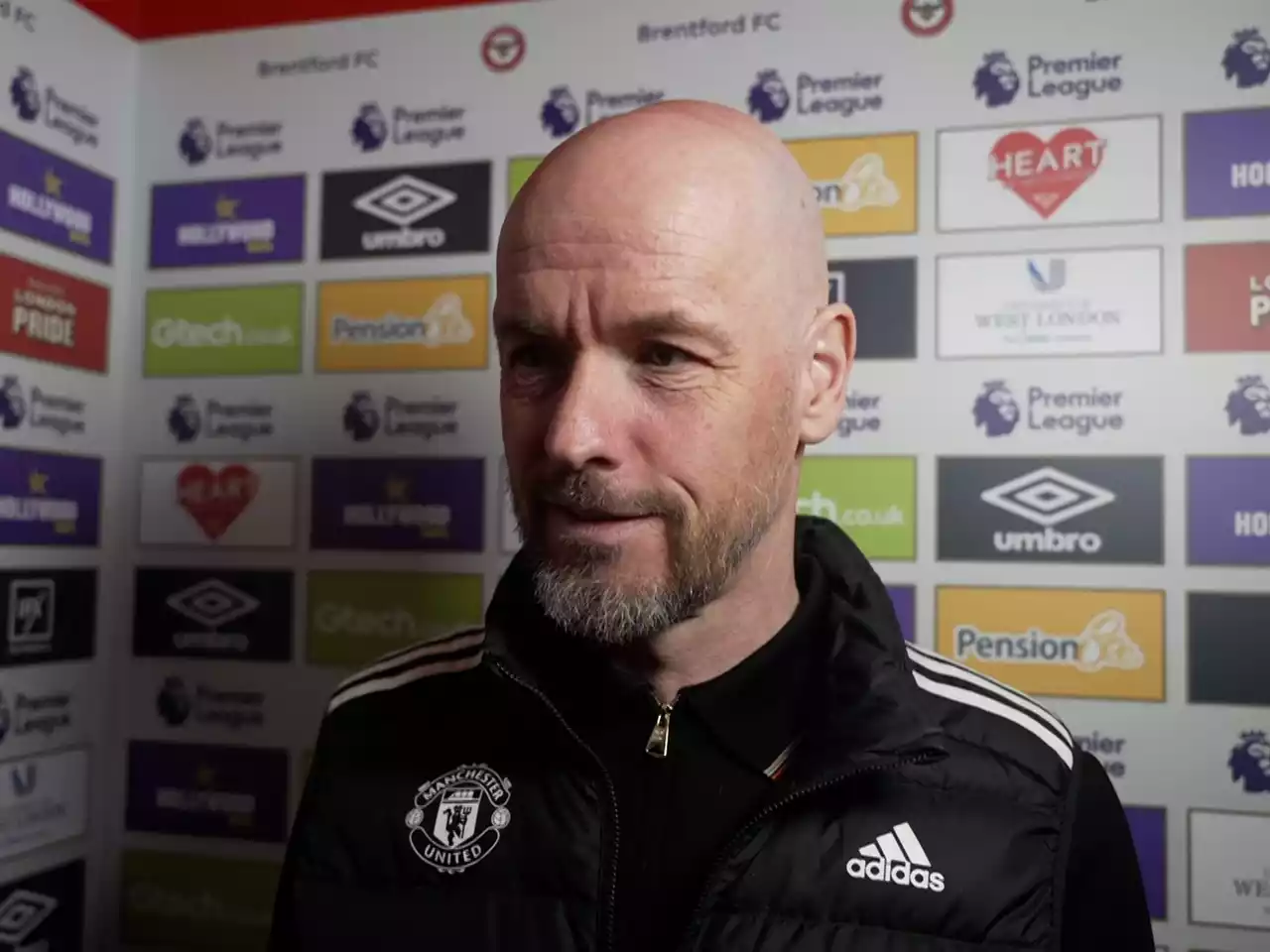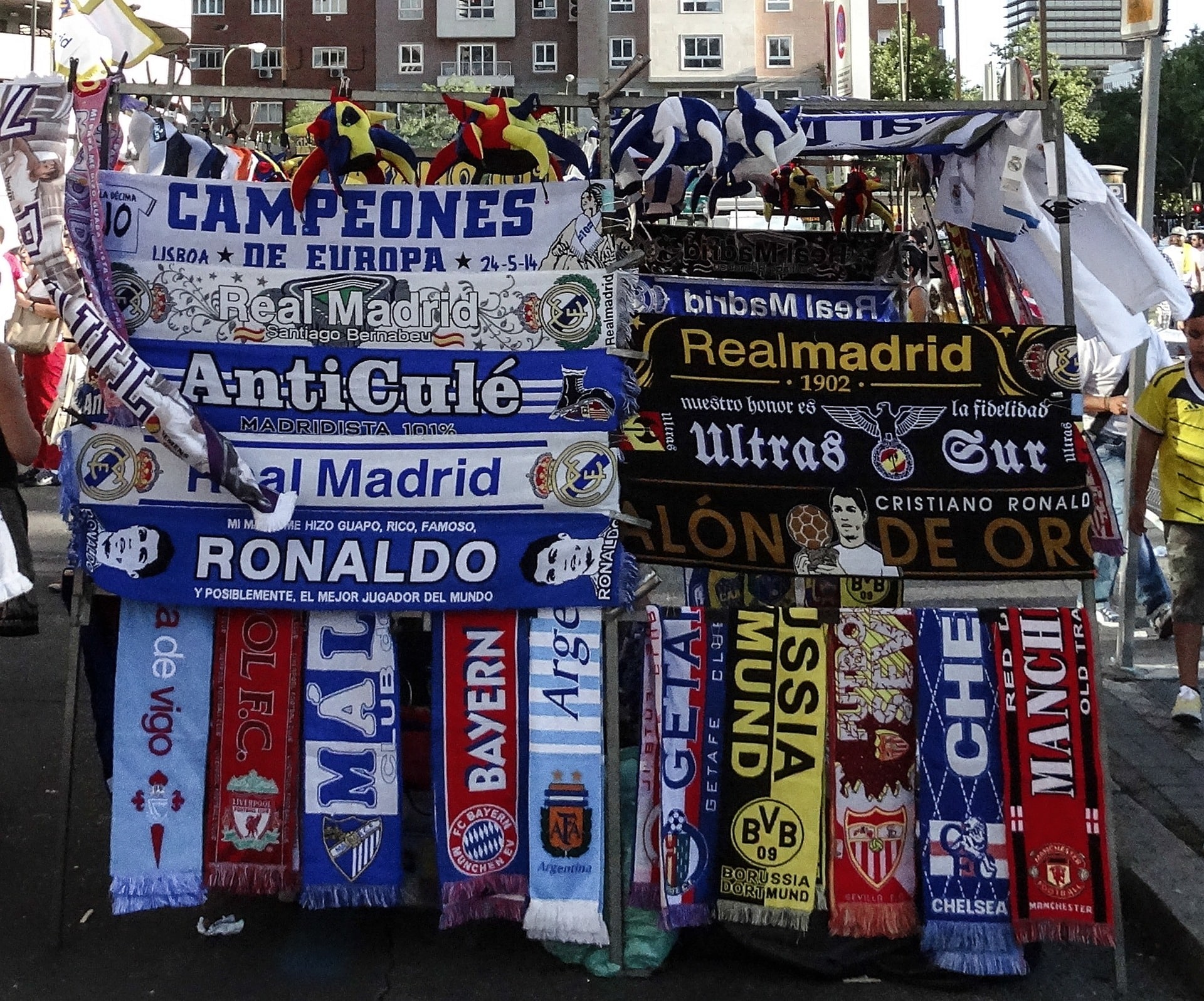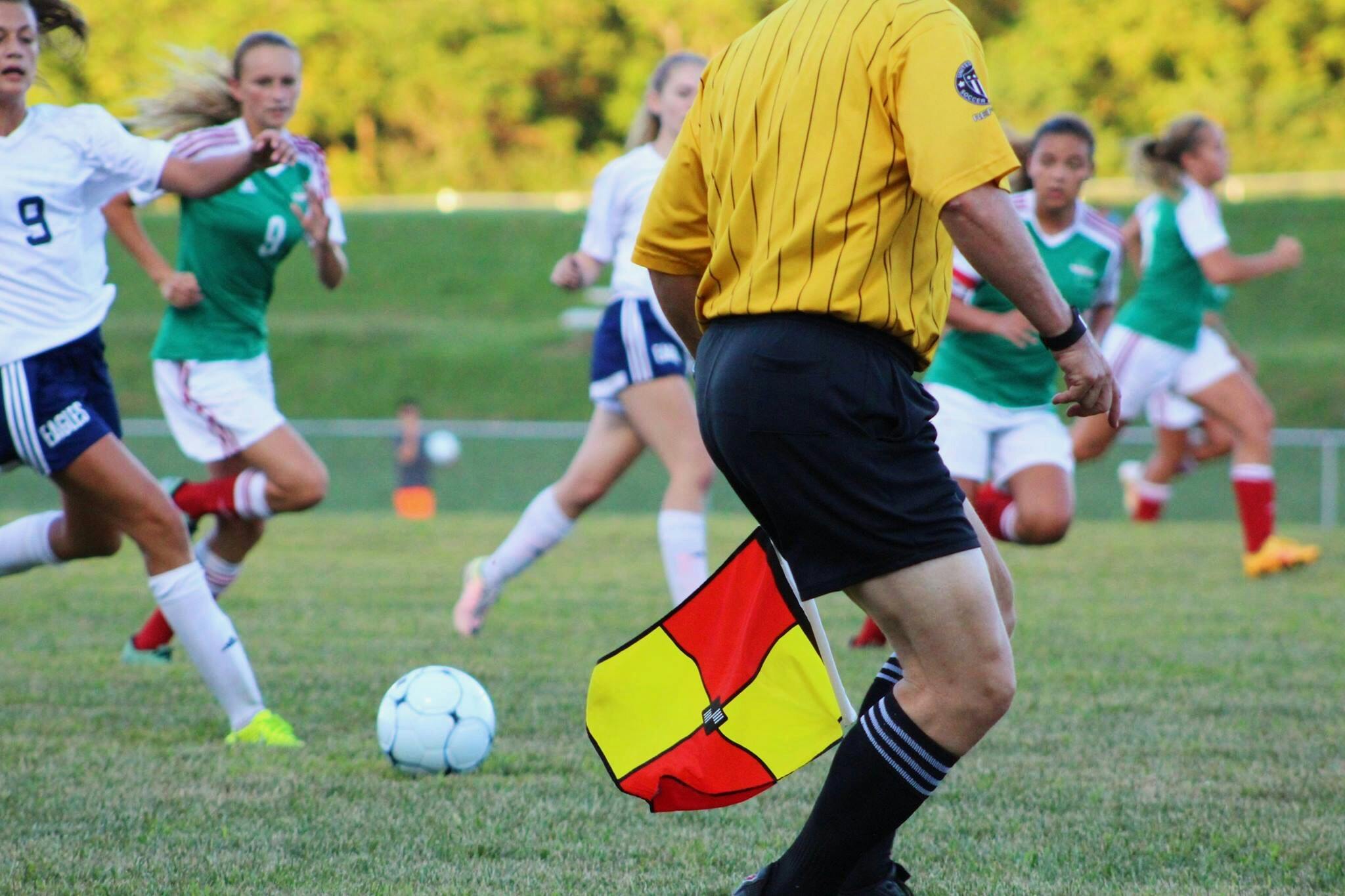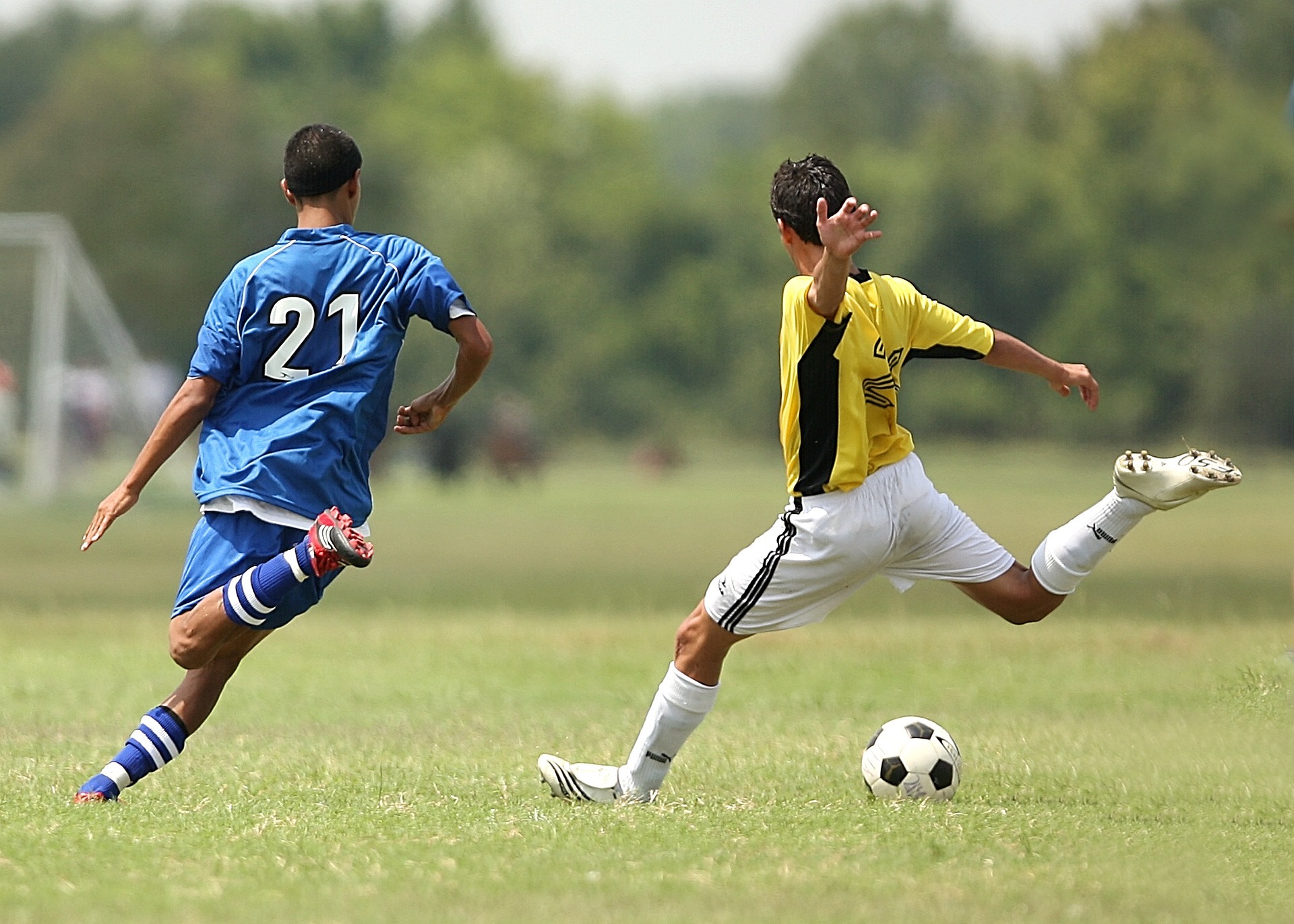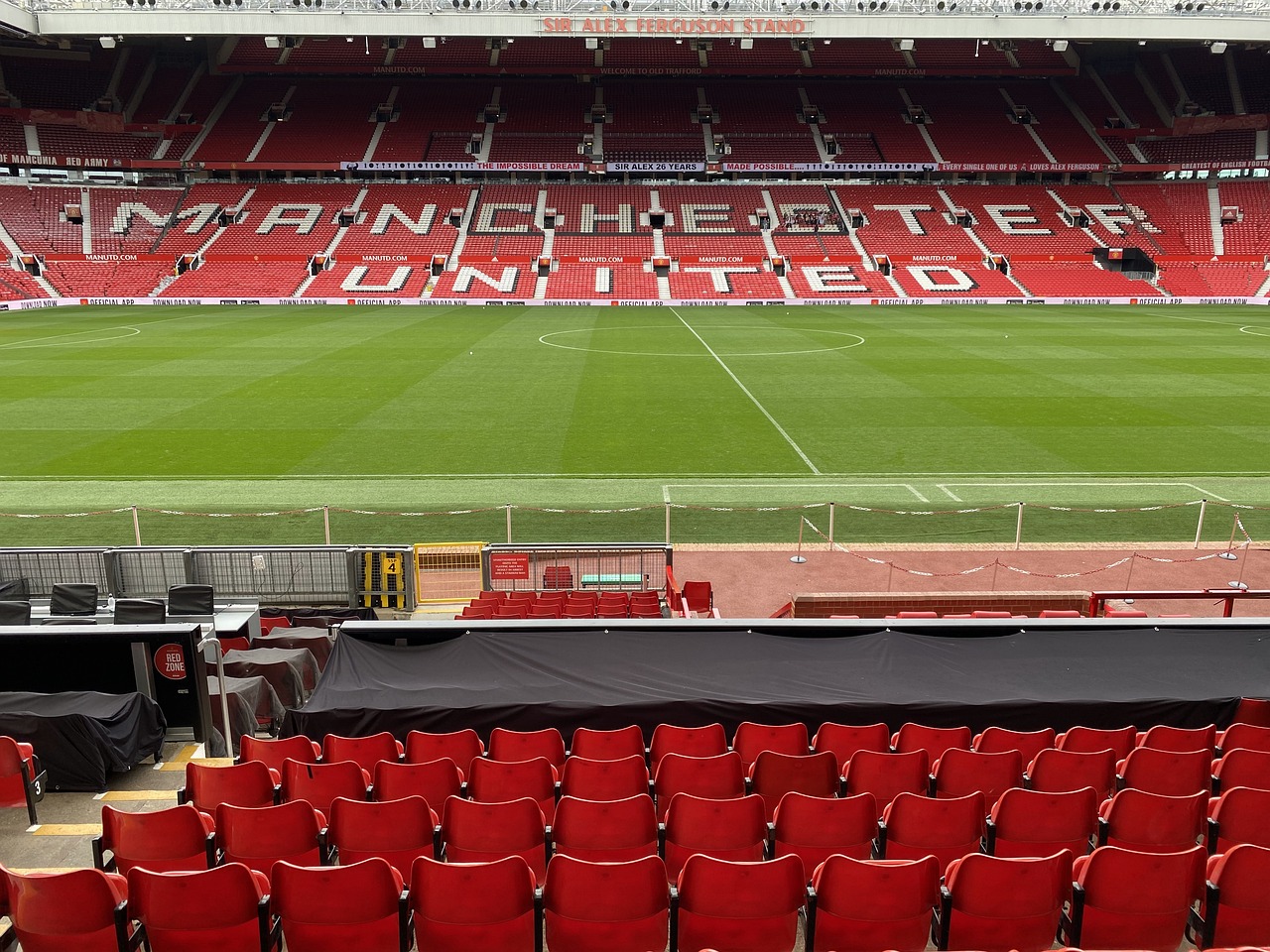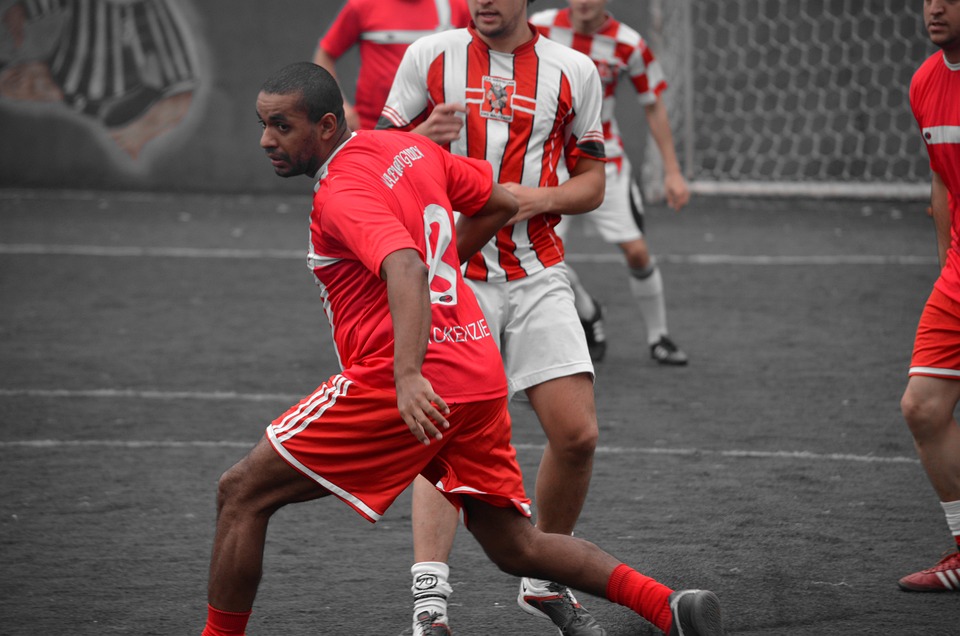Why Is Soccer Played For 90 Minutes?

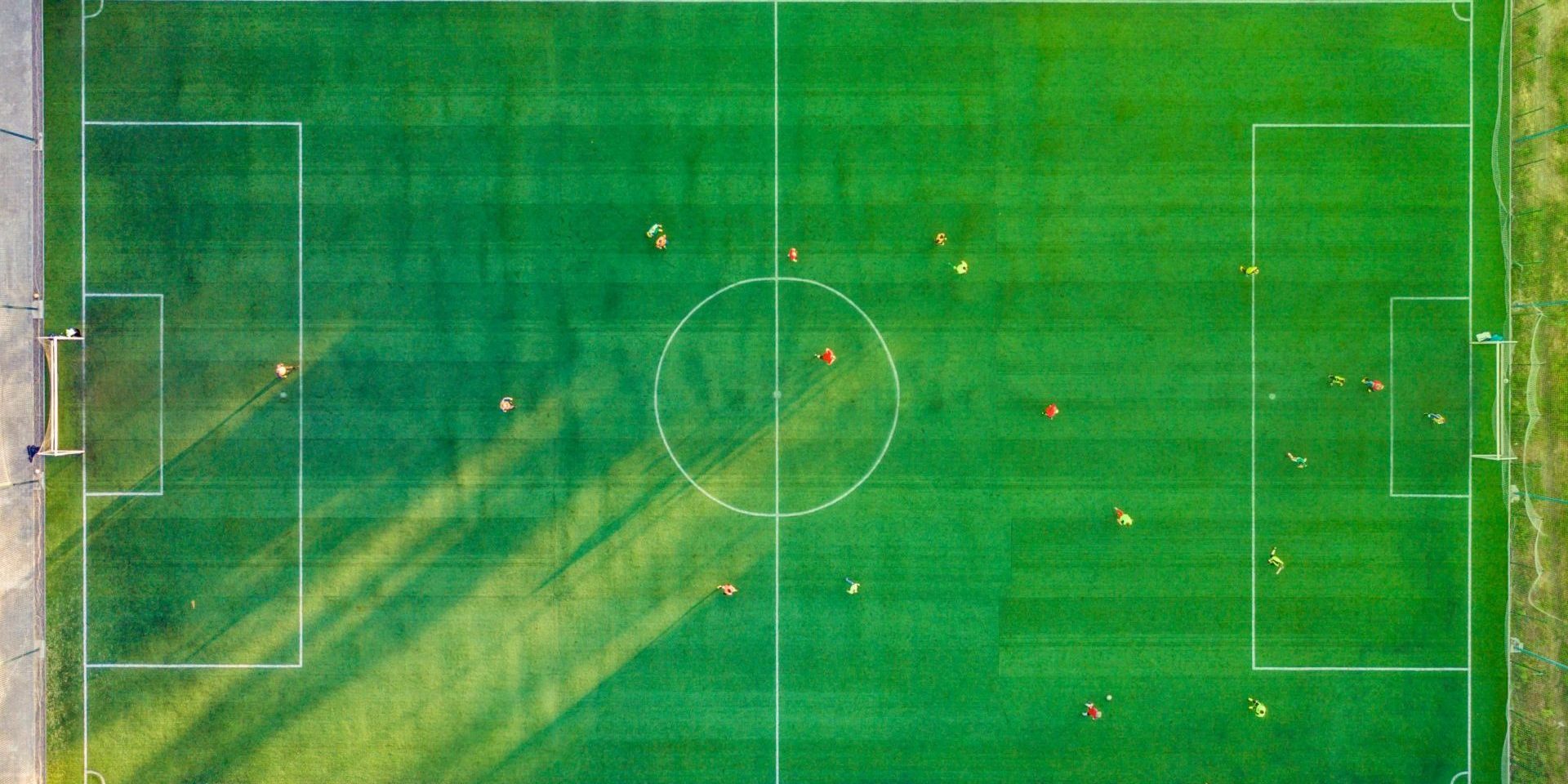
Table of Contents
The duration of a soccer match is set at 90 minutes, divided into two halves of 45 minutes each. This standard was established in the late 19th century; although, initially, there was no fixed length for a soccer game, it was agreed upon to allow for a standardized length of play. The decision to set the length at 90 minutes was a compromise between the varying durations that different clubs used at the time.
Additional time, commonly known as “stoppage time” or “injury time”, is often added at the end of each 45-minute half to account for delays in the game. These delays can include time taken for substitutions, injuries, or other stoppages as deemed necessary by the referee. This ensures that the actual playing time comes close to the intended 90-minute duration despite interruptions in play.
The half-time interval is set at 15 minutes, providing teams a break for rest and strategy discussions. The standardized match length applies globally, from amateur leagues to professional competitions, ensuring a consistent framework for soccer matches around the world.
Historical Context of the 90-Minute Match
The duration of a soccer match being 90 minutes is deeply rooted in the sport’s history and has been influenced by tradition and the evolving rules of the game. In the late 19th century, soccer matches varied in length, but a notable shift occurred in 1877. An agreement took shape between London’s St. Mary’s Hospital School and Barnes Club, setting the match time at 45 minutes per half, with a total of 90 minutes.
Laws of the Game
The standardization of match length was later cemented by the International Football Association Board (IFAB), the body responsible for determining the Laws of the Game. The IFAB’s decision to uphold the 90-minute format has been integral to maintaining consistency and tradition across matches worldwide.
Tradition Influence
Football’s early adoption of the 90-minute length was also influenced by practicality. It provided enough playtime for a compelling game while being suitable for player endurance levels of the era. This balance between playtime and athletic demands has become a staple of the sport.
Impact on Major Tournaments
The 90-minute rule has been vital in shaping professional soccer, including the World Cup, the pinnacle of international competition. The time regulation ensures global uniformity, allowing players and fans to experience the sport consistently, no matter the level of play.
In sum, soccer’s 90-minute duration is a result of historical agreements, standardization by governing bodies, practical considerations, and the sport’s cultural adherence to tradition. It remains a defining feature of football to this day.
Structure of the Game
Soccer is delineated by two primary segments known as halves, with a pause known as halftime. This structure is pivotal to the flow and regulation of the match.
Significance of Halves and Halftime
A standard soccer match consists of two 45-minute halves, making the total regulation playtime 90 minutes. The halves are interspersed with a 15-minute halftime interval, allowing players to rest and strategize for the subsequent half. Halftime serves as a critical period for coaching adjustments and player recovery.
Extra Time and Stoppage Time Explained
At the end of each 45-minute half, referees may account for stoppage time, which compensates for periods when play was interrupted. Stoppage time is added to cover instances such as injuries, substitutions, and any other delays. Extra time, on the other hand, consists of two additional 15-minute periods and is used in certain matches to determine a winner when the score is tied after regulation time. However, extra time is separate from stoppage time and is only applicable in matches that require a decisive outcome.
Regulations and Enforcement
This section discusses the specific roles of referees and the established rules governing the duration of soccer games. It outlines how these regulations are applied and enforced during matches.
Referee’s Role and Discretion
The referee is responsible for enforcing the Laws of the Game during a soccer match. Their discretion is crucial in making time-related decisions such as when to stop the clock for injuries or other interruptions, known as “injury time” or “stoppage time.” They signal any additional time at the end of each 45-minute half, ensuring the match reflects the total playing time intended by the rules. The Video Assistant Referee (VAR) system has been introduced in some leagues and competitions to support referees with technology that can inform decisions and minimize human errors.
- Decision-making tools for referees:
- Chronometer for match timing
- Communication devices for coordination with other officials
- VAR in specific leagues/competitions
Laws of the Game and Amendments
The International Football Association Board (IFAB) maintains the “Laws of the Game,” setting out the regulations for match duration. Each soccer match consists of two halves, each lasting 45 minutes, with a 15-minute halftime interval. Amendments to these Laws can be made annually to adapt to the evolving nature of the sport. The laws specify that the duration of a match must not exceed 90 minutes unless explicitly allowed, such as the addition of extra time in knockout stage games or when compensating for stoppages in play.
- Highlights from Laws of the Game regarding match duration:
- Standard match: 2 x 45-minute halves with 15-minute halftime
- Injury/stoppage time: Added at referee’s discretion
- Extra time: 2 x 15-minute halves in the event of a draw in knockout matches
- Amendments: IFAB may update rules to reflect the sport’s progression
Match Flow and Strategy
The structured duration of soccer matches at 90 minutes provides a framework within which teams deploy various strategies and manage the flow of the game.
Substitutions and Injuries
Substitutions:
- Teams are typically allowed three substitutions per match.
- Strategy: Coaches use substitutions to bring on fresh legs, change formation, or respond to an opponent’s play.
- Injury Management: Injuries may force unplanned substitutions, requiring teams to adapt their tactics.
Injuries:
- Can disrupt the rhythm of a game and cause stoppage time to be added.
- Require prompt attention from medical staff, and in serious cases, could lead to a player being stretchered off.
Coaching Tactics and Time Management
Coaching Tactics:
- Coaches carefully plot the game’s progression, utilizing player positions and set pieces to control the match’s tempo.
- They may make tactical changes during the game to counter the opposition’s strategy.
Time Management:
- With each half lasting 45 minutes, coaches must consider how to use time effectively, whether preserving a lead or seeking a comeback.
- The time added for stoppages (additional time) can influence the urgency of play and the implementation of end-game strategies.
Soccer Culture and Significance
This section explores the ways in which time shapes the experience of soccer, focusing on memorable matches involving renowned clubs and the fan festivities that surround these pivotal moments.
Famous Matches and Time-Related Moments
Manchester United’s remarkable ability to score late goals, a phenomenon known as “Fergie Time,” has led to some of the most dramatic moments in soccer history. The team’s ability to turn the game around in the final moments is legendary within the Premier League. For instance, during the UEFA Champions League final in 1999, Manchester United scored two injury-time goals against Bayern Munich to win 2-1, encapsulating the intense drama soccer can offer.
Fan Celebrations and Rituals
World Cup tournaments inspire a global surge in soccer fandom, with celebrations often transcending national borders. Fans engage in various rituals; some might wear their team’s colors, sing anthems, or gather in public viewings. Following significant victories, such as a World Cup win, spontaneous street parties and parades commonly erupt as fans revel in their team’s success. These rituals play a significant role in heightening the experience of key matches and fostering a shared sense of community and pride.
